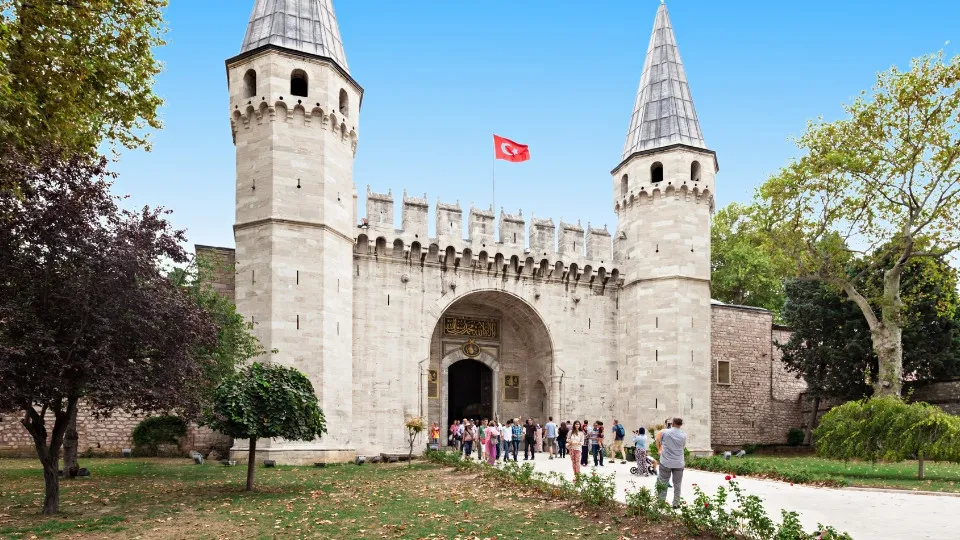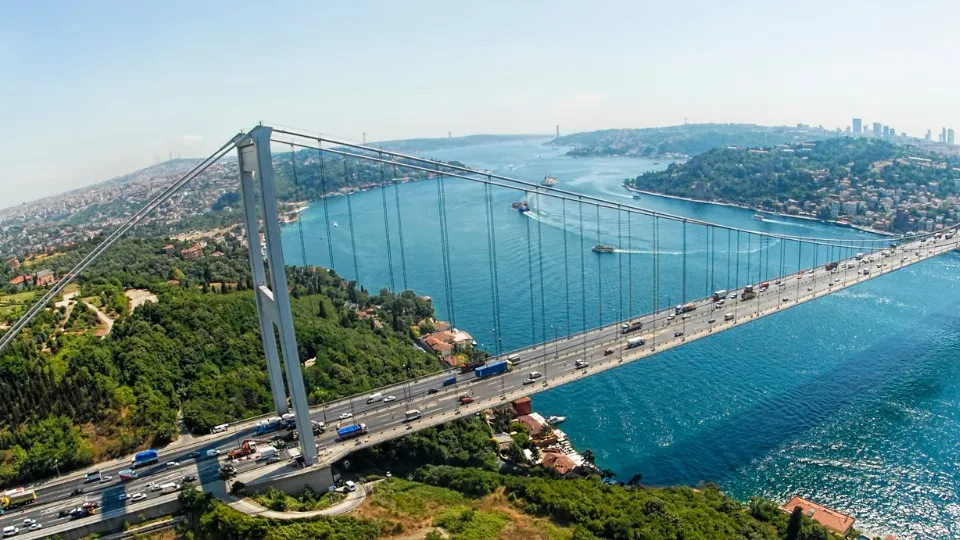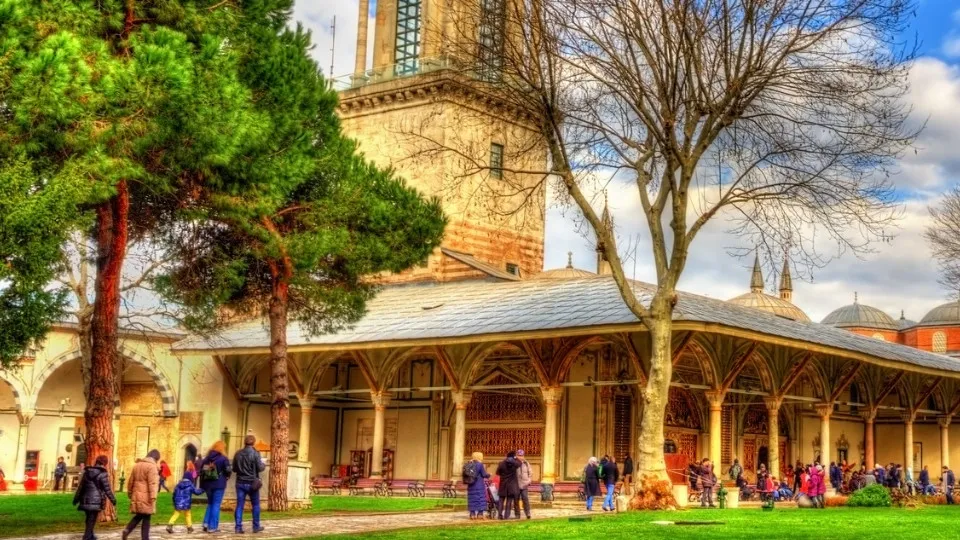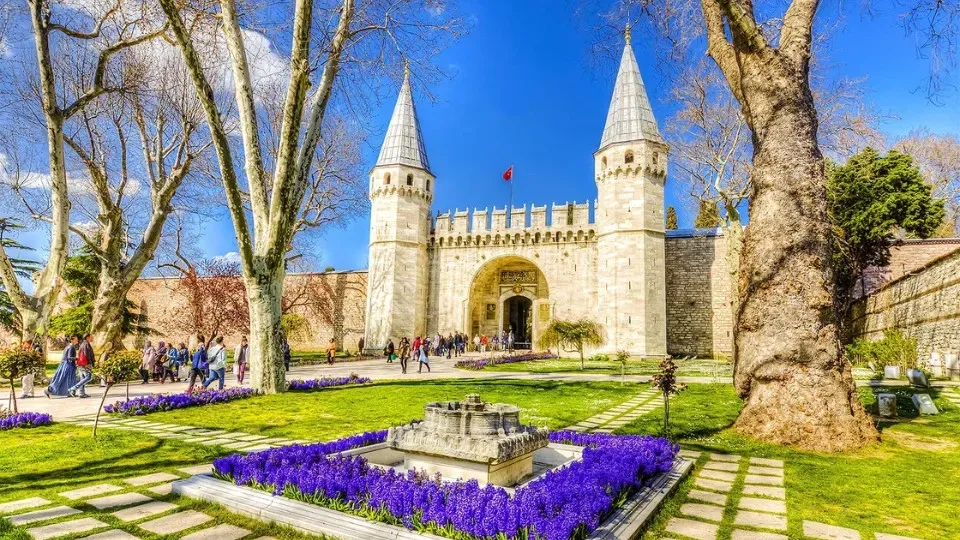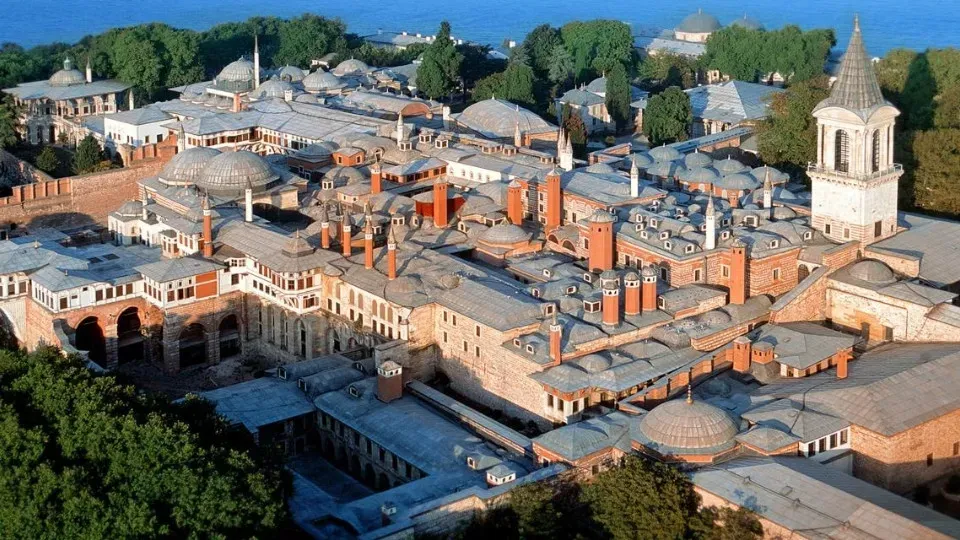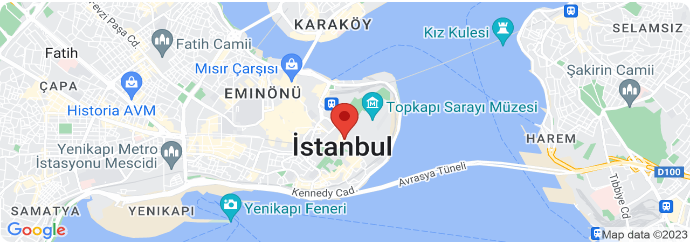Tickets to Topkapi Palace
Select Your Experience
5619 liked it
32 looking now
5596 liked it
17 looking now
5661 liked it
24 looking now
Cancel up to 24 hours in advance for a full refund!
€48.00
5661 liked it
5686 liked it
11 looking now
5643 liked it
33 looking now
Cancel up to 24 hours in advance for a full refund!
€67.00
5643 liked it
POV:
Watch video about Topkapi Palace
Topkapı Palace Museum stands as a testament to the grandeur of the Ottoman Empire. Once the opulent residence of Ottoman sultans for over six centuries, this historical gem offers a fascinating peek into the empire's rich heritage. Located in the heart of Istanbul, it houses an incredible array of artifacts, from royal treasures and imperial garments to ancient weaponry and exquisite ceramics. Wandering through the palace's ornate chambers and lush courtyards, visitors can immerse themselves in the lavish lifestyle of the Ottoman rulers. The museum showcases not just the material wealth but also the cultural and artistic achievements of the empire, making it a must-visit destination for history enthusiasts and curious travelers alike.
Plan Your Visit
FAQ

